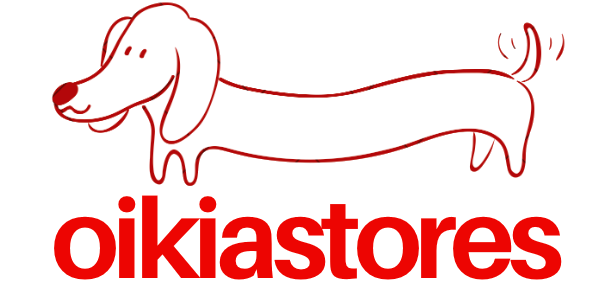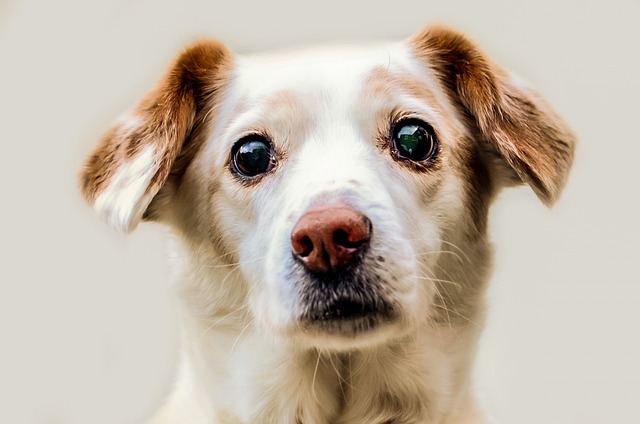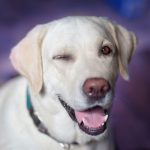Introduction
Discovering a fluid-filled swelling on your dog’s elbow can be concerning. This growth, known as an elbow hygroma, is typically benign but can lead to complications if left untreated. Understanding its causes, symptoms, diagnosis, treatment, and preventive measures is essential for ensuring your pet’s comfort and well-being.
What Are Elbow Hygromas?
An elbow hygroma is a non-cancerous, fluid-filled swelling that commonly forms over the elbow joint. Initially small and movable, it can grow larger and harder over time. While hygromas are typically painless, they can lead to complications if they become infected.
Recognizing Symptoms
- Small, soft, movable lump on the elbow, potentially growing to about 2 inches in diameter.
- Signs of infection in an enlarged hygroma, including fluid release, inflamed hair follicles, warmth to the touch, and discomfort when lying down.
If the hygroma appears infected, prompt veterinary attention is crucial.
Causes of Elbow Hygromas
Elbow hygromas result from repeated minor trauma to bony prominences, often caused by:
- Frequent laying on hard surfaces: This leads to an inflammatory response in the tissue, prompting the body to encapsulate the area with fluid for cushioning.
- Sedentariness following surgery: Limited movement during recovery can contribute to hygromas.
- Weakened joints: Older dogs may struggle to lower themselves gently, resulting in greater force upon contact with the ground.
Hygromas are more common in large and giant breed dogs, including German shepherds, Labradors, Great Danes, and mastiffs.
Diagnosing Elbow Hygromas in Dogs
Hygromas can be identified through careful examination of the growth. However, a veterinarian can provide a definitive diagnosis through a physical examination.
Treatment and Management
- Provide Soft Bedding: Use comfortable, padded bedding materials (e.g., comforters, egg-crate foam mattress toppers) to create cushioned resting spots for your dog. This may halt the progression of the hygroma and can even lead to regression.
- Cold-Laser Therapy: This treatment helps reduce inflammation and can be beneficial for hygromas.
- Braces and Elbow Pads: Custom-made braces and elbow pads can prevent further progression and complications. Consult your vet about their suitability for your dog.
If conservative methods are insufficient and the hygroma grows large, draining the fluid or surgical removal may be considered. However, it’s important to note that these procedures do not guarantee prevention of recurrence. Adequate padding in resting areas is crucial post-treatment.
Prognosis
Elbow hygromas, when treated early, typically heal within two to three weeks. They are painless and pose no long-term health threat. In the case of infection, diligent care is necessary to prevent complications.
Preventive Measures
- Provide Soft Bedding: Ensure your dog’s resting areas are cushioned to minimize pressure on bony prominences.
- Maintain Healthy Weight: A healthy weight reduces the severity of pressure on the elbows when in contact with hard surfaces.
Early detection and proactive care play a key role in preventing complications and ensuring your dog’s continued comfort.
In conclusion, understanding, managing, and preventing elbow hygromas is crucial for your dog’s well-being. With appropriate care and preventive measures, dogs with this condition can lead healthy and comfortable lives. Regular consultations with your veterinarian will help address any concerns and provide the best care for your furry friend.
Understanding, Managing, and Preventing Elbow Hygromas in Dogs
Introduction
Discovering a fluid-filled swelling on your dog’s elbow can be concerning. This growth, known as an elbow hygroma, is typically benign but can lead to complications if left untreated. Understanding its causes, symptoms, diagnosis, treatment, and preventive measures is essential for ensuring your pet’s comfort and well-being.
What Are Elbow Hygromas?
An elbow hygroma is a non-cancerous, fluid-filled swelling that commonly forms over the elbow joint. Initially small and movable, it can grow larger and harder over time. While hygromas are typically painless, they can lead to complications if they become infected.
Recognizing Symptoms
- Small, soft, movable lump on the elbow, potentially growing to about 2 inches in diameter.
- Signs of infection in an enlarged hygroma, including fluid release, inflamed hair follicles, warmth to the touch, and discomfort when lying down.
If the hygroma appears infected, prompt veterinary attention is crucial.
Causes of Elbow Hygromas
Elbow hygromas result from repeated minor trauma to bony prominences, often caused by:
- Frequent laying on hard surfaces: This leads to an inflammatory response in the tissue, prompting the body to encapsulate the area with fluid for cushioning.
- Sedentariness following surgery: Limited movement during recovery can contribute to hygromas.
- Weakened joints: Older dogs may struggle to lower themselves gently, resulting in greater force upon contact with the ground.
Hygromas are more common in large and giant breed dogs, including German shepherds, Labradors, Great Danes, and mastiffs.
Diagnosing Elbow Hygromas in Dogs
Hygromas can be identified through careful examination of the growth. However, a veterinarian can provide a definitive diagnosis through a physical examination.
Treatment and Management
- Provide Soft Bedding: Use comfortable, padded bedding materials (e.g., comforters, egg-crate foam mattress toppers) to create cushioned resting spots for your dog. This may halt the progression of the hygroma and can even lead to regression.
- Cold-Laser Therapy: This treatment helps reduce inflammation and can be beneficial for hygromas.
- Braces and Elbow Pads: Custom-made braces and elbow pads can prevent further progression and complications. Consult your vet about their suitability for your dog.
If conservative methods are insufficient and the hygroma grows large, draining the fluid or surgical removal may be considered. However, it’s important to note that these procedures do not guarantee prevention of recurrence. Adequate padding in resting areas is crucial post-treatment.
Prognosis
Elbow hygromas, when treated early, typically heal within two to three weeks. They are painless and pose no long-term health threat. In the case of infection, diligent care is necessary to prevent complications.
Preventive Measures
- Provide Soft Bedding: Ensure your dog’s resting areas are cushioned to minimize pressure on bony prominences.
- Maintain Healthy Weight: A healthy weight reduces the severity of pressure on the elbows when in contact with hard surfaces.
Early detection and proactive care play a key role in preventing complications and ensuring your dog’s continued comfort.
In conclusion, understanding, managing, and preventing elbow hygromas is crucial for your dog’s well-being. With appropriate care and preventive measures, dogs with this condition can lead healthy and comfortable lives. Regular consultations with your veterinarian will help address any concerns and provide the best care for your furry friend.



